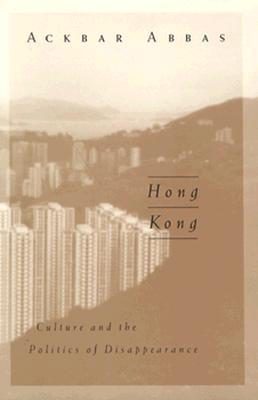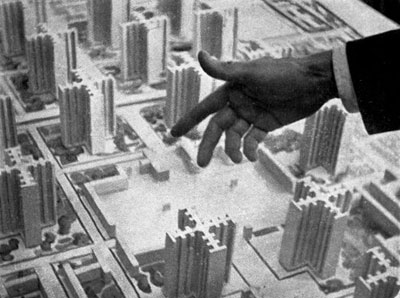[Reading Response: Ackbar Abbas]
Abbas’s text here was focusing on the term ‘disappearance’, where its meaning of cultural (architectural) disappearance due to Hong Kong’s Urbanisation gave me a hard time on reflecting what we had sacrificed in the past decades to build what we see today. Surprisingly, the ending of the text pointed my mind to a whole new perspective, when our city became more ‘placeless’ and ‘anonymous’ due to hyperdensity and economic growth, instead of making Hong Kong characterless, would that actually brings us character? Hong Kong were nowhere before being colonised by the British, although this opens up Hong Kong to be

